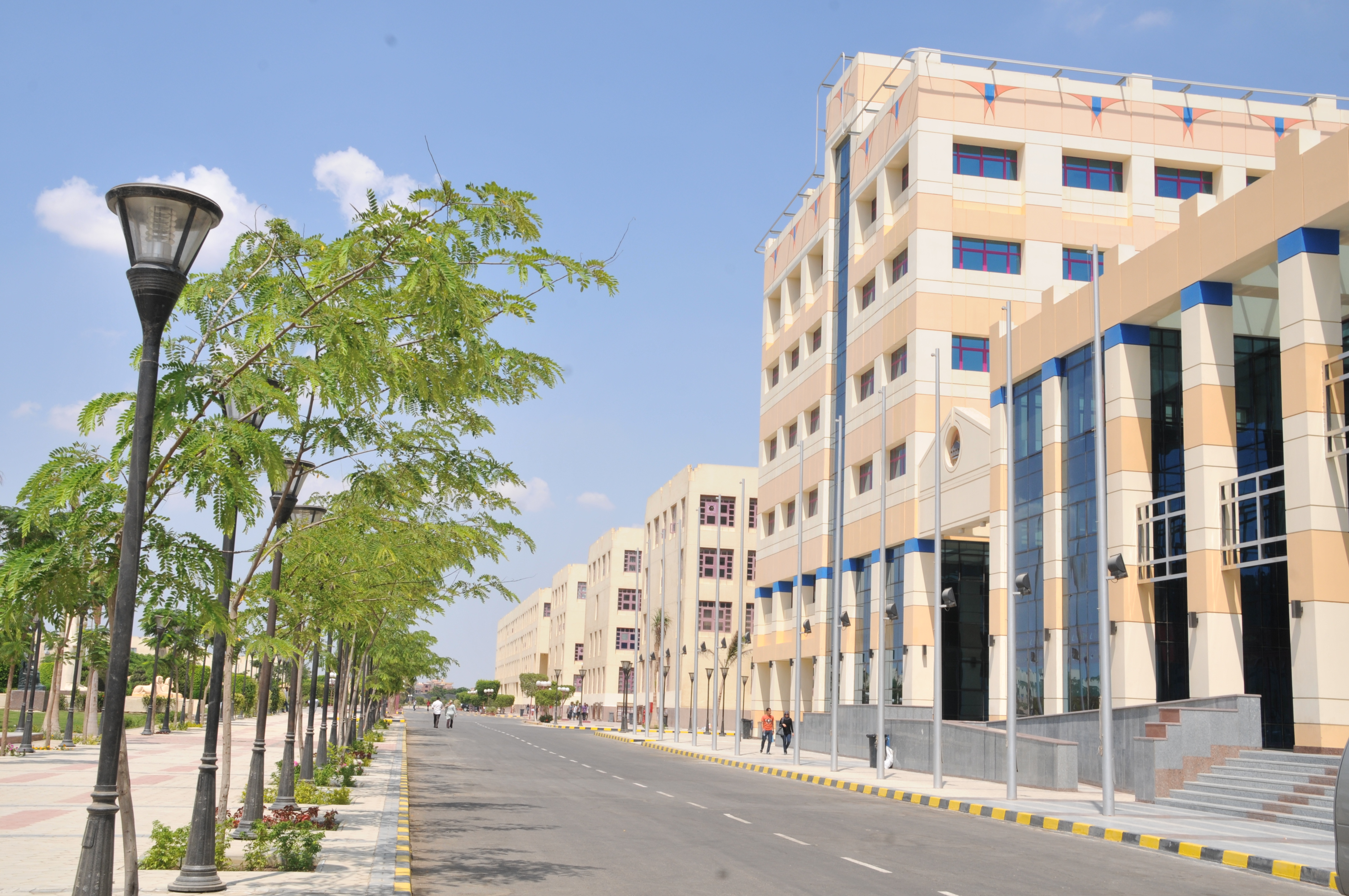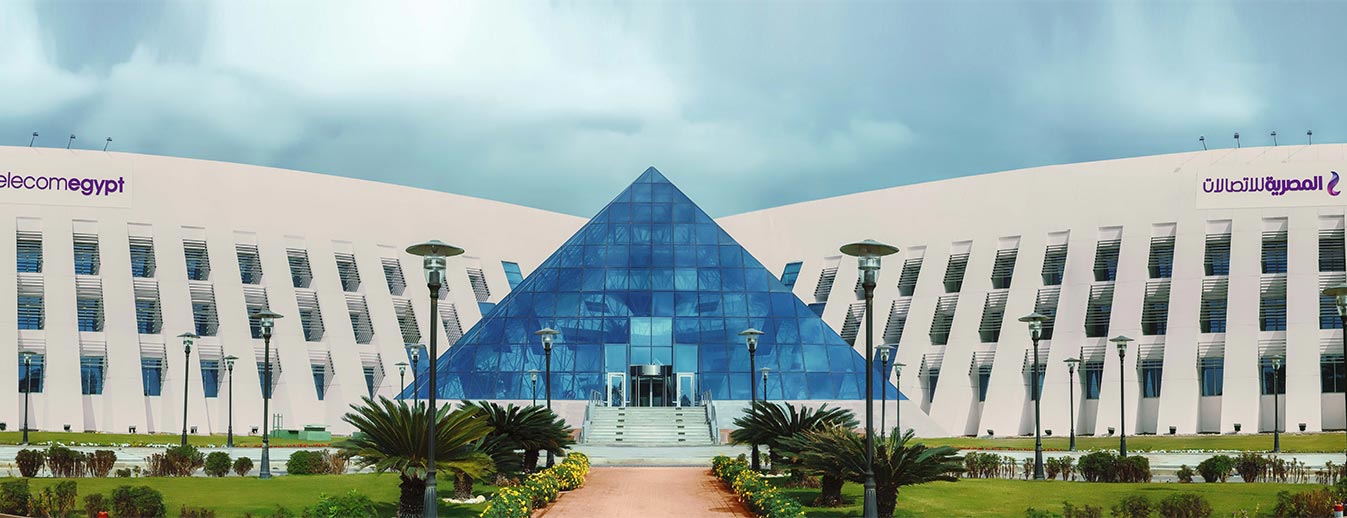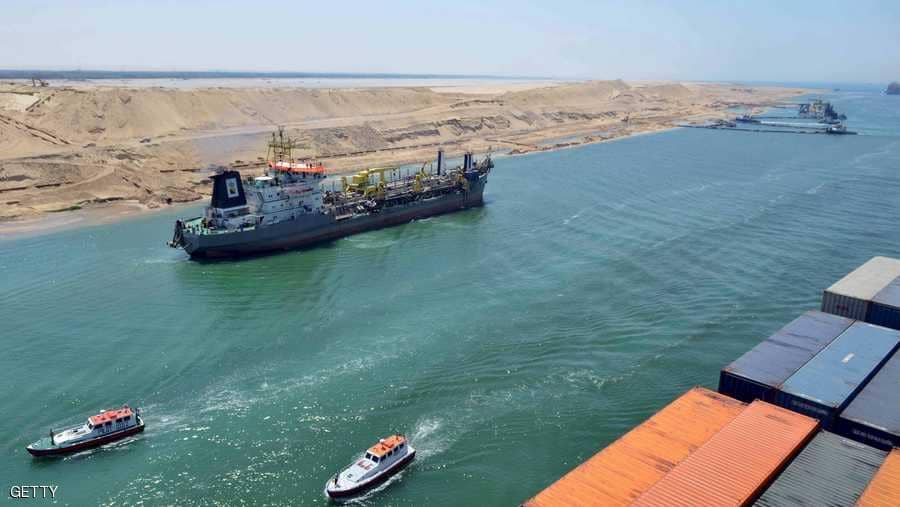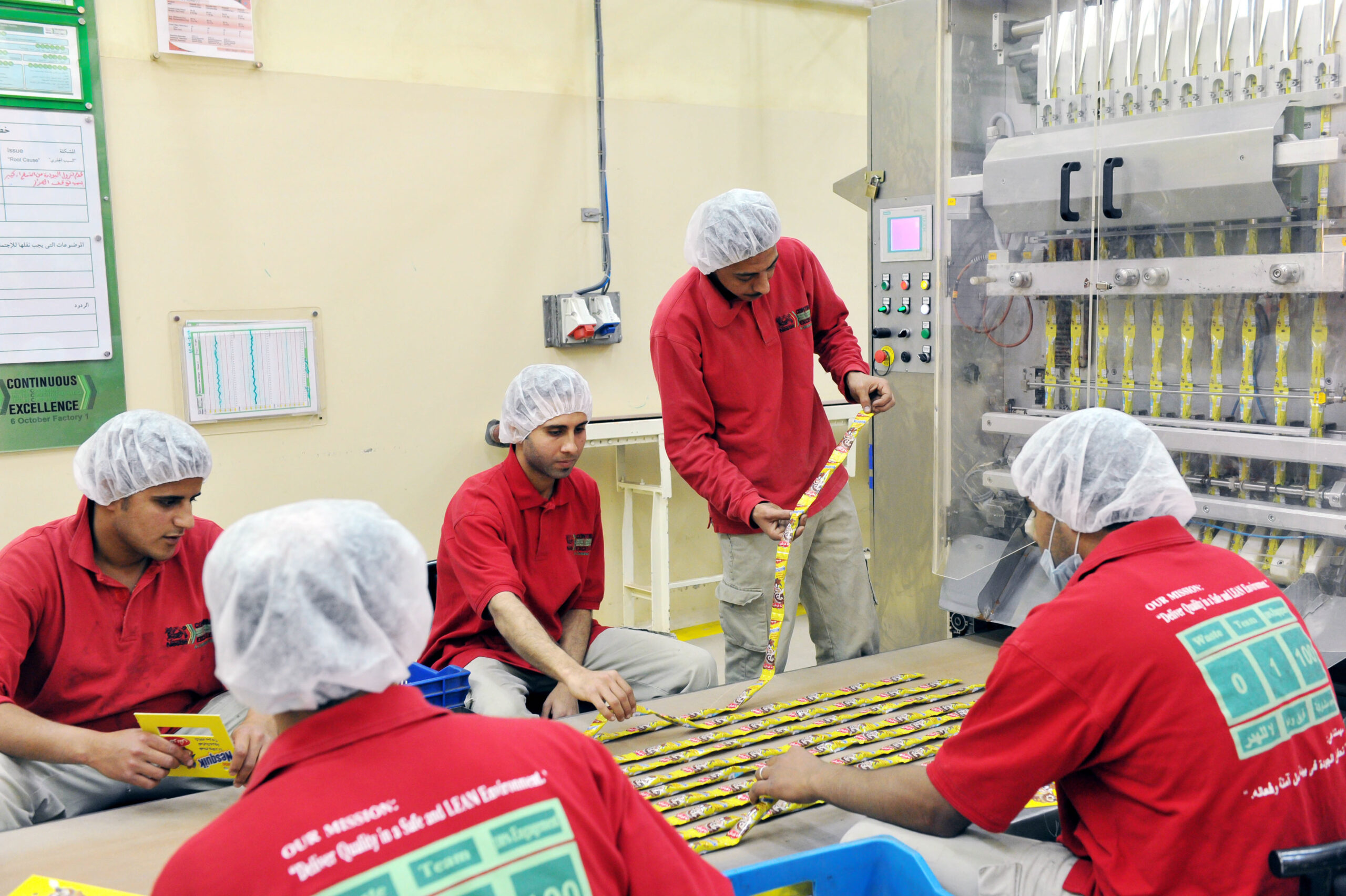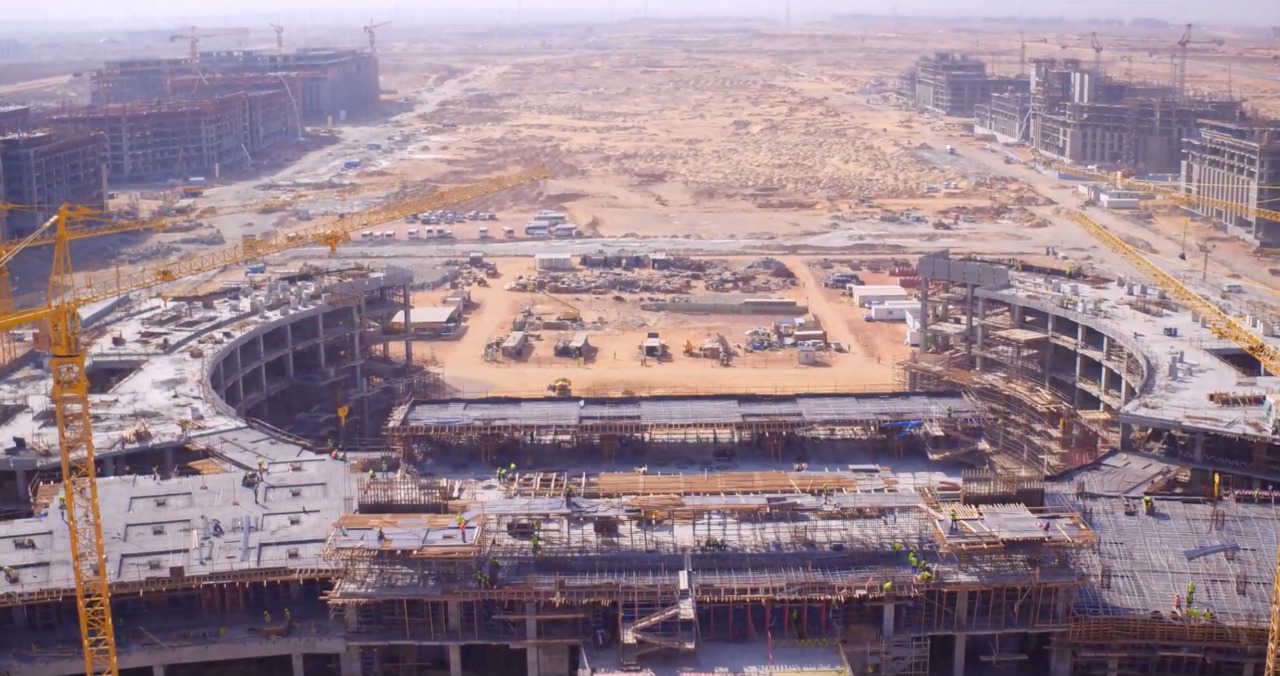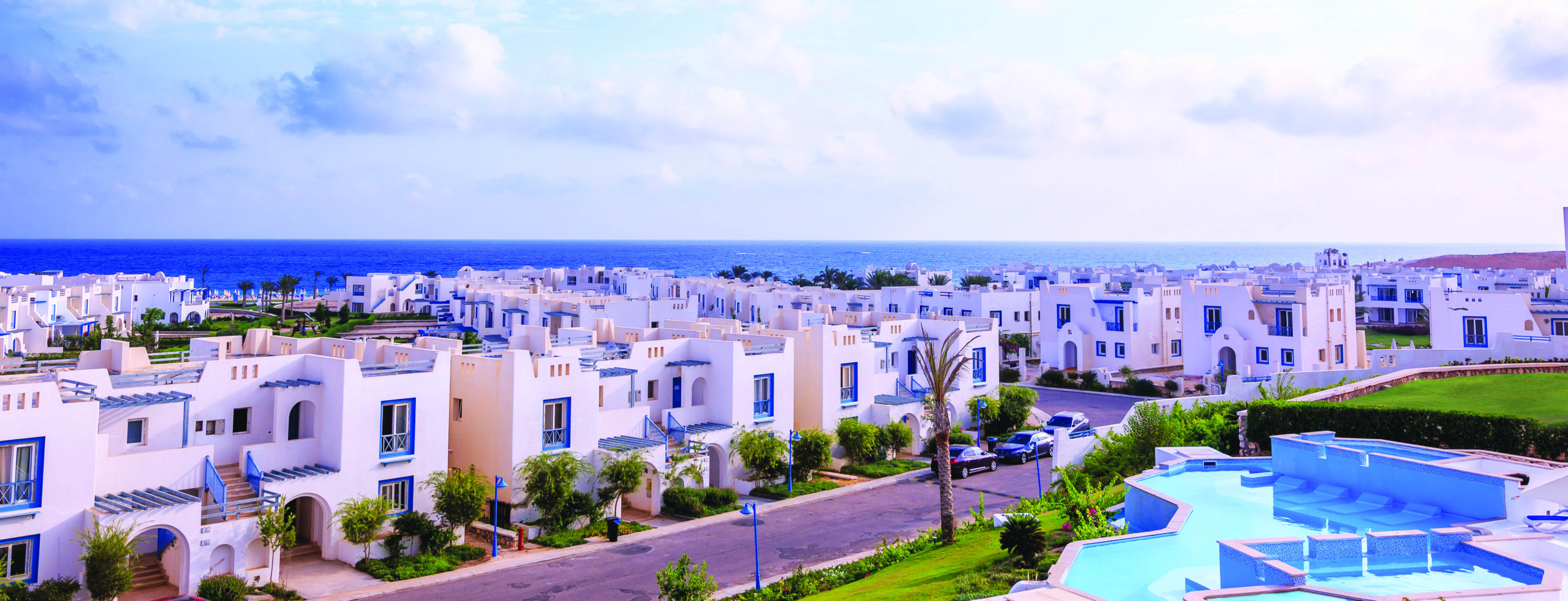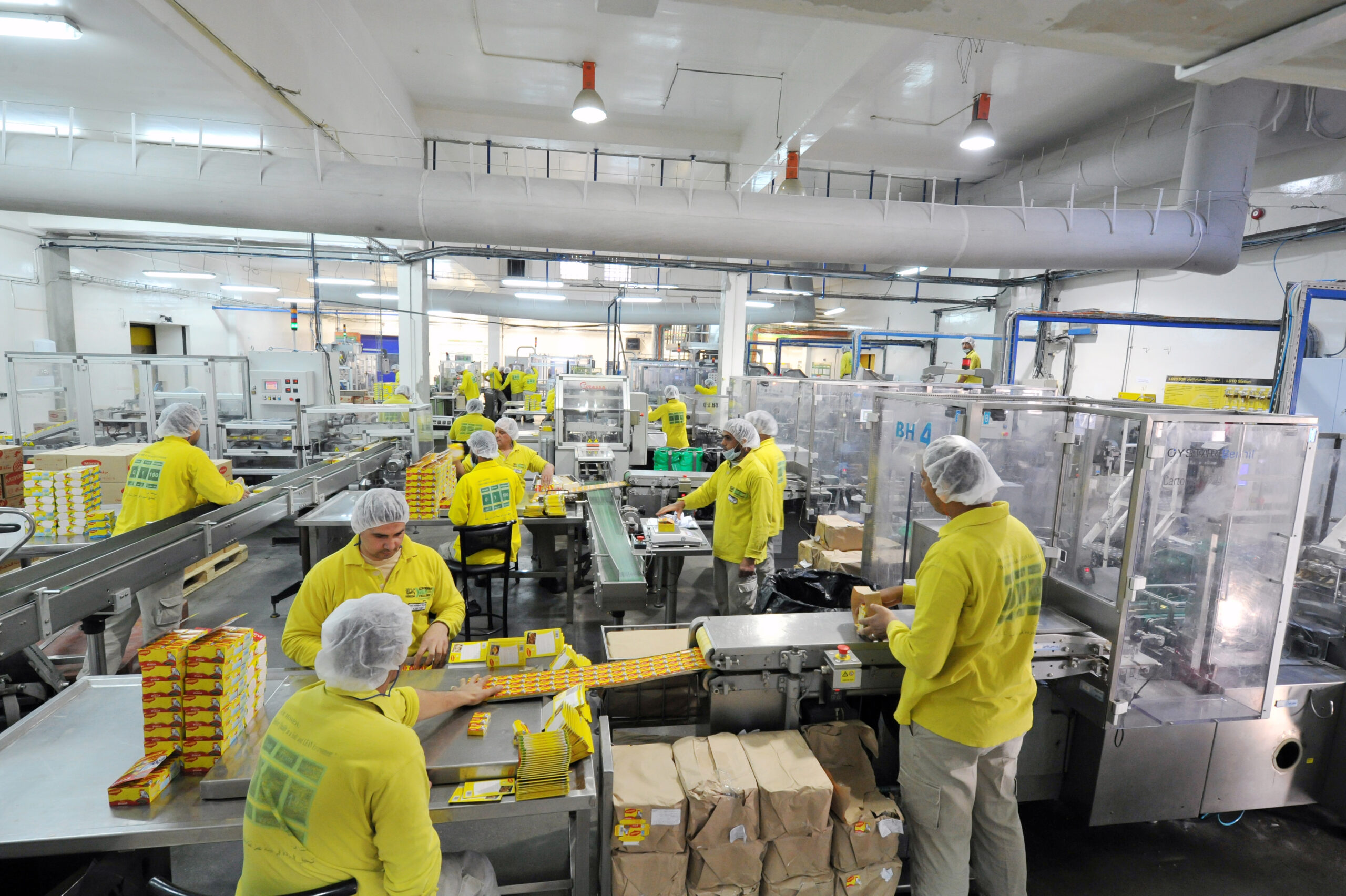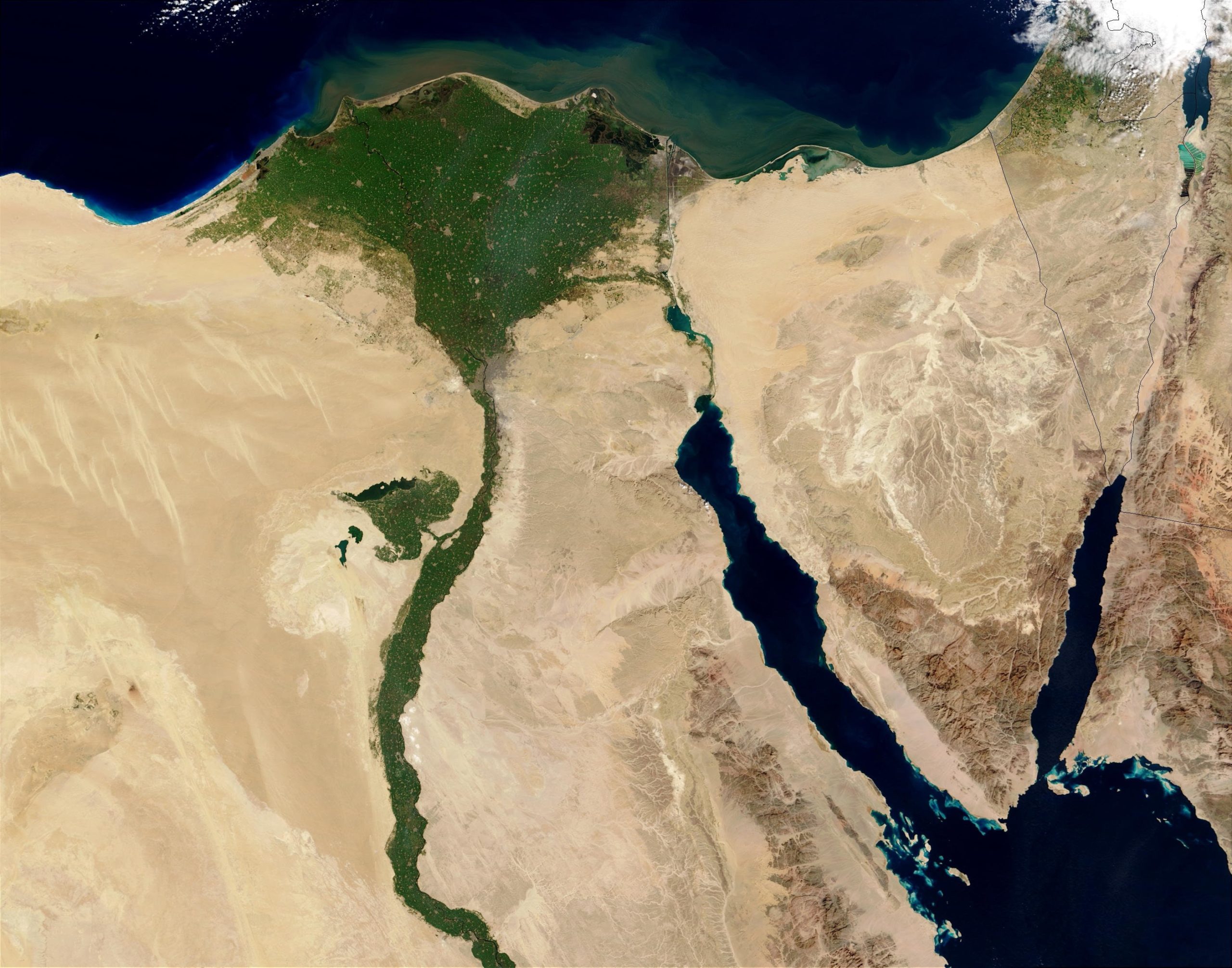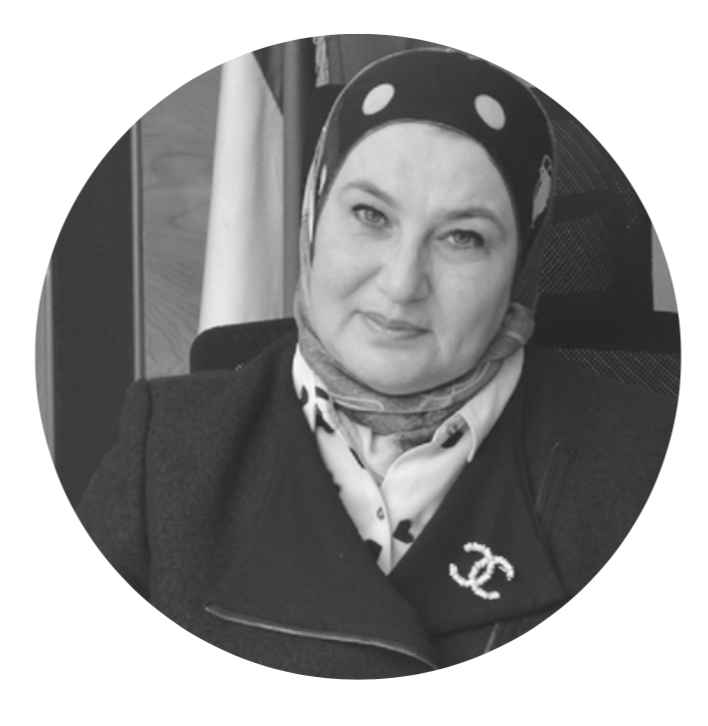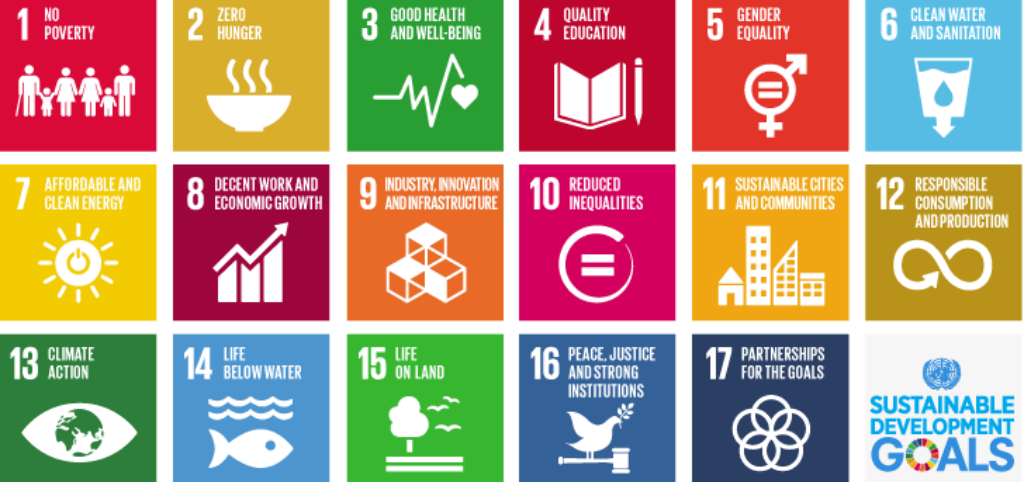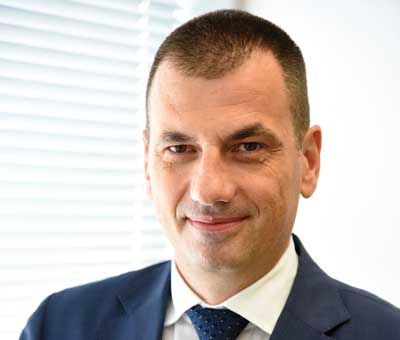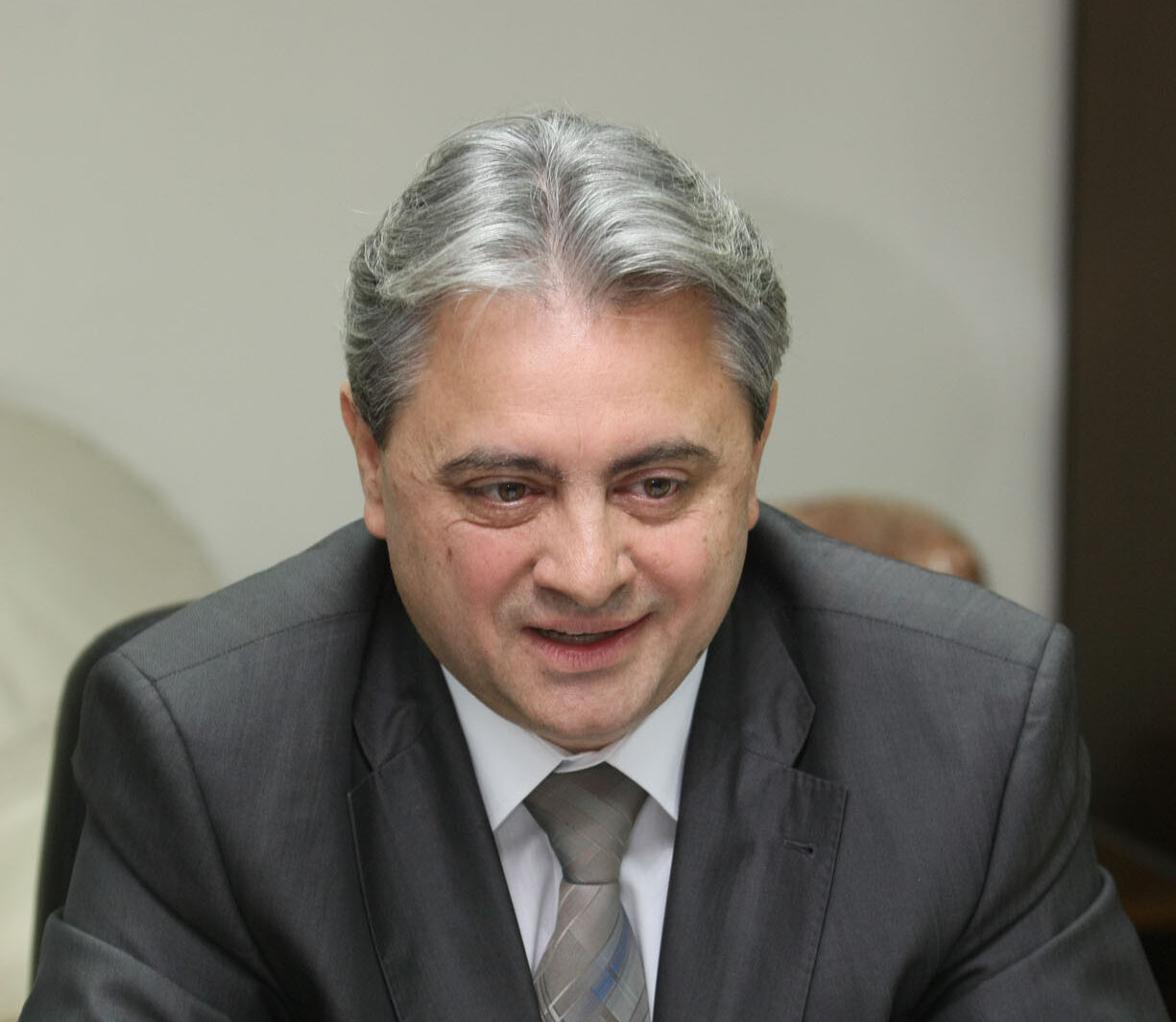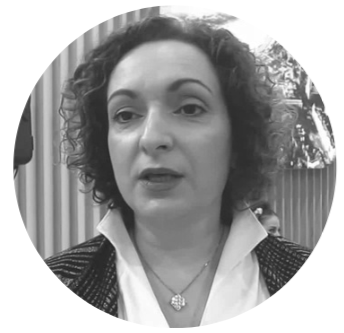
How universities develop talent while inspiring innovation
In the world of academia, innovation thrives where people meet to challenge the status quo and push boundaries. In Northern Ireland, that meeting ground is found at institutions like Ulster University and Queen’s University Belfast, places where groundbreaking research becomes an engine for societal and economic growth. By attracting global investment and forming meaningful industry partnerships, these universities are reshaping the region’s identity. They are not merely institutions, but catalysts, positioning Northern Ireland as an indispensable hub for international discovery and investment.
Talented People

Professor Sir Steve Smith, the UK’s International Education Champion, discussed how people in Northern Ireland’s laboratories, lecture halls, and research centers are elevating national competitiveness to new heights. He stated, “International rankings showcase the UK education system among the strongest globally in terms of critical thinking and skills development. Students in Northern Ireland actually perform better than in the English education system on many key metrics.”
Northern Ireland boasts one of the top-performing primary mathematics education systems in Europe and ranks among the best globally. Students regularly achieve higher GCSE and A-Level results than their peers across the UK. Additionally, 72% of high school graduates pursue further or higher education, and more than 87% of research at universities is recognized to be either world-leading or internationally excellent.
At Ulster University, the pursuit of knowledge is more than an academic endeavor. As Northern Ireland’s largest university, Ulster is home to a dynamic community of researchers, innovators, and thought leaders working at the cutting edge of discovery. Through its bold People, Place, and Partnership strategy, the institution seeks to bridge the gap between academia and society, allowing academic excellence to translate into tangible impact.

Professor Paul Bartholomew, Vice-Chancellor at Ulster University, stated, “We are committed to prioritizing skills development in research centers across multiple campuses in Belfast, Coleraine, and Derry~Londonderry. The Derry~Londonderry campus in particular, just miles from the border, encourages cross-border collaboration. We are able to secure funding from both the European Union and the Republic of Ireland for research and teaching support. In our view, people are at the heart of the university, and our focus is on creating the optimum environment for our people to surpass their career and research aspirations.”
Ulster University is among the UK’s top institutions for research excellence and impact, ranked in the top 10% of UK universities for research impact in the 2021 Research Excellence Framework. It was recently named UK and Ireland University of the Year in the Times Higher Education Awards. This prestigious accolade enhances its global recognition, opening doors to even greater international collaborations.
Professor Bartholomew added, “We are not content with rankings alone. We are also here to support people beyond studying and research, especially when they’re ready to dive into entrepreneurship.”
Building on this commitment, Ulster University nurtures entrepreneurship through a variety of initiatives. For instance, the Enterprise Hub gives students access to expert entrepreneurial advice, while Innovation Ulster Ltd aids in commercializing new inventions and providing funding to entrepreneurs. A recent support program, Connect to Success, empowers female entrepreneurs while promoting gender equality.
A Place to Innovate
Ulster University leads research in AI, personalized medicine, next-generation materials, economic policy, and other emerging fields. Professor Bartholomew discussed the university’s commitment to developing tailored research infrastructure. He stated, “The Artificial Intelligence Collaboration Center, developed in partnership with Queen’s University Belfast and supported by Invest Northern Ireland and the region’s Department for the Economy, is setting new benchmarks for AI applications in logistics, finance, life sciences, and agritech. The university also explores the role of generative AI in cybersecurity, aiming to improve threat detection and response through machine learning techniques.”
For the healthcare sector, Ulster University’s Personalized Medicine Center focuses on developing treatments and diagnostics for chronic and degenerative diseases by understanding genetic and molecular interactions, aiming to inform clinical decision-making. A remarkable milestone is the development of a rapid diagnostic method for chronic kidney disease, enabling timely detection and improved patient outcomes. Professor Bartholomew noted, “Next year, the university will launch additional City Deal projects, including a Center for Digital Healthcare Technologies in partnership with a local hospital trust for clinical research.”
Another project is the Smart Manufacturing Data Hub, which equips small enterprises with the tools to harness the power of data. Nearly 10,000 manufacturers from industries ranging from food to aerospace are able to adopt the latest data-driven technologies to optimize productivity and test innovations.
Ulster University also drives innovation in composites, nanomaterials, and sustainable manufacturing in its Advanced Future Materials and Manufacturing research center. It pioneers next-generation materials shaping the future of advanced engineering, with cutting-edge expertise in aerospace, automotive, and the renewable energy sectors. A notable success is the long standing collaboration with Bombardier’s Belfast division (now Spirit AeroSystems), which led to the development of the world’s first resin-infused composite wing, lightening traditional metal wings by approximately 10%.
Through its Creative Industries Institute, the university provides high-end research capacity for the testing of modern technologies with industrial partners in disciplines such as product design, smart clothing, animation, music technology, film and broadcasting, and virtual reality.
Collaborative Partnerships
Professor Bartholomew added, “We actively promote a research culture that emphasizes integrity and interdisciplinary engagement. The university supports a sustainable research ecosystem by forging alliances across sectors and continents. We’re building partnerships so our work transcends academia, and directly influences industry and policy.International collaboration is a significant aspect of Ulster’s research strategy. Over 61% of its research involves international partners, with 357 collaborations based in the United States.”
Professor Sir Smith elaborated, “An example is the US-Ireland R&D Partnership, a transatlantic initiative funding 99 projects to date between the island of Ireland and the United States.”
Ulster University is at the heart of Northern Ireland’s drive for a smarter, more connected future. It is a hub for people to collaborate, spark innovation, and shape the world of tomorrow.
Small Nation, Big Breakthroughs
Across a fiercely collaborative landscape, R&D in Northern Ireland is being cultivated not in isolation, but in symphony. Advanced materials are reshaping aerospace; AI is enhancing diagnostics in healthcare; quantum research is no longer just theory, but applied engineering in motion. Knowledge Transfer Partnerships (KTPs), part-funded by companies, academia, Innovate UK, and Invest NI, help link firms with academia to deliver innovation-led projects.
For instance, some successful KTPs include Ulster University’s collaboration with CDE to create a Smart Data Mining System, improving design, operation, manufacturing, and servicing of CDE machines. Another example is the university’s collaboration with Fortress Protec. They developed a new range of hybrid steel/polymer doors, enhancing security, fire safety, thermal, and acoustic performance of traditional steel doors. Leckey, also joined forces with the university to place advanced sensory technologies into their mobility and postural aids, improving how children engage with the devices while equipping therapists with valuable data for evidence-based care.
R&D moves like a current—powering innovation while sharpening the competitive edge of local industry.

